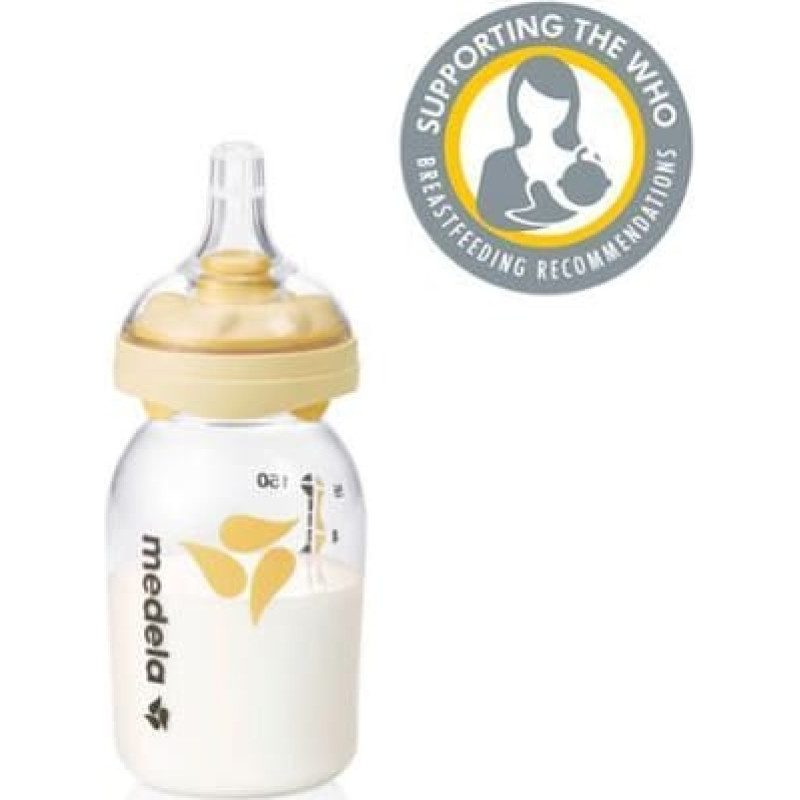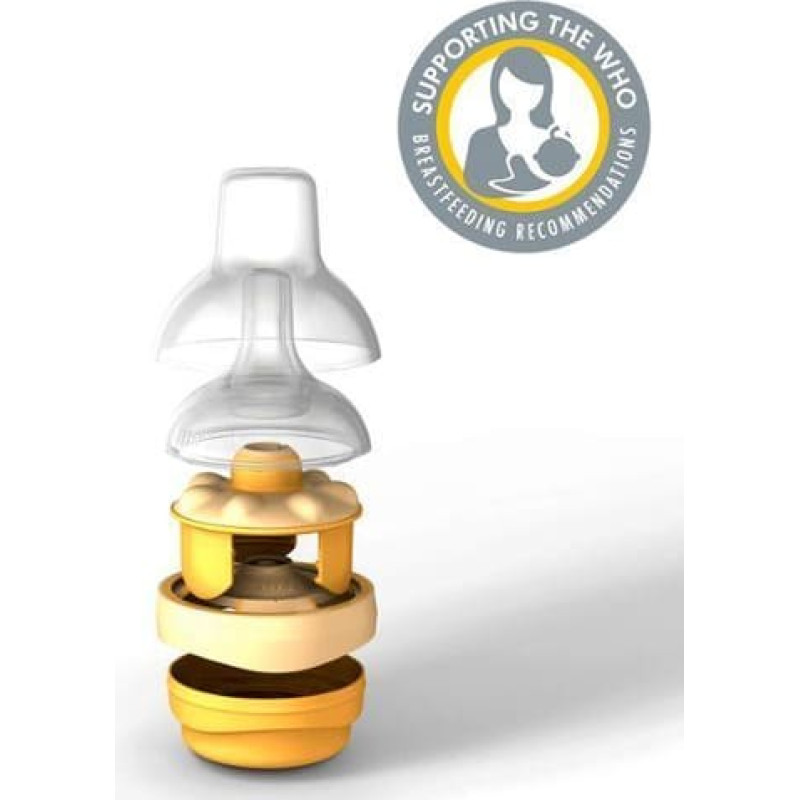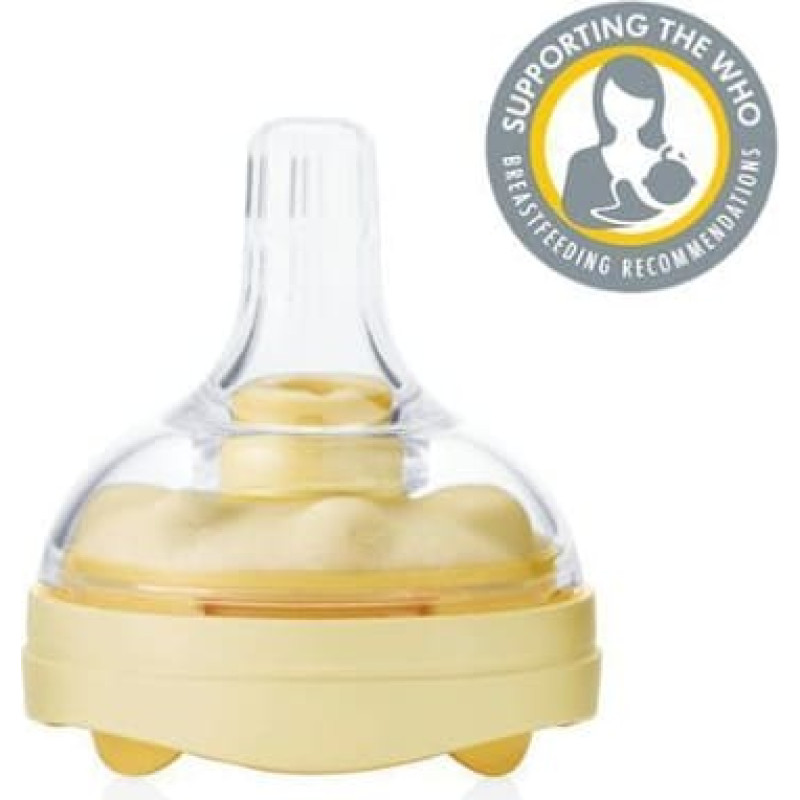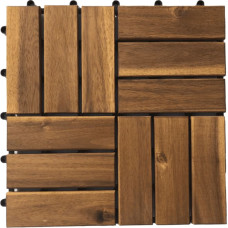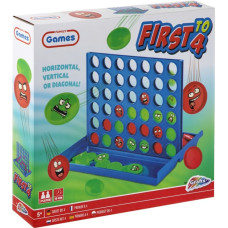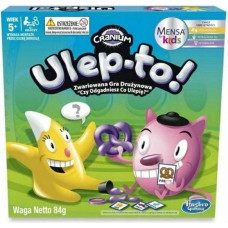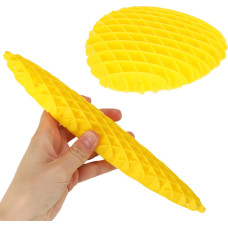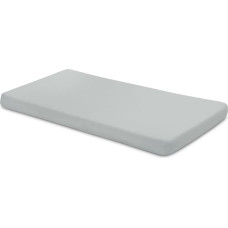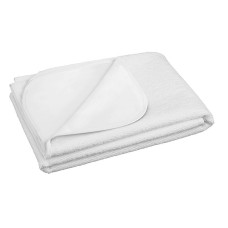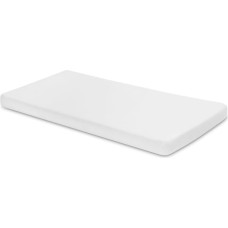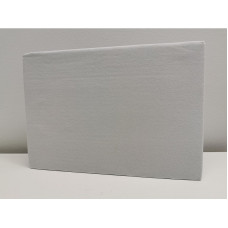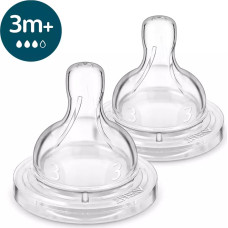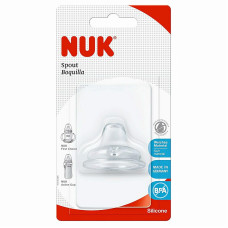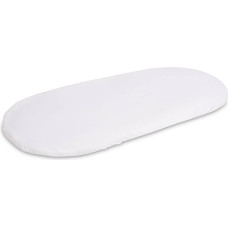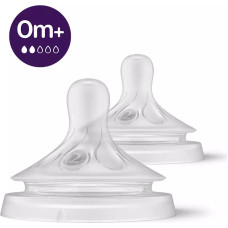BOTTLE WITH DEVICE FOR FEEDING MILK Breastfeeding is the best for your baby. Unfortunately, breastfeeding is sometimes not possible. Calma is a breastfeeding alternative for mothers who wish to feed their babies expressed breast milk. - It allows infants to maintain their natural learned sucking behavior at the breast.
- Newborns can feed, breathe, and take breaks regularly.
- It supports an easy transition from breast to feeding solution and vice versa.
- A single size is sufficient for the entire lactation period, just like in nature.
- The only feeding solution for your baby.
Calma - the only breast milk feeding solution for your baby For a mother looking for a solution to feed her baby with breast milk, Calma is the right solution. Calma was developed based on the results of our study in collaboration with the University of Western Australia. This is why Calma is the feeding solution indicated for babies who are fed expressed breast milk, because it allows them to suck, swallow and breathe, with the same competence learned in breastfeeding. In both breastfeeding and using Calma, the baby must create a vacuum to allow breast milk to flow. Just like breastfeeding, as soon as the baby takes a break, the flow of milk stops. Why Calma? Our latest studies, in collaboration with researchers from the University of Western Australia, show that creating a vacuum is essential for effective breastfeeding. Babies intuitively learn very early that a vacuum must be created to help milk flow. While breastfeeding, the baby's natural sucking method requires intense effort! Similar to breastfeeding, your baby can - feed, take a break and breathe following its natural rhythm,
- create his individual emptiness through a combination of tongue and jaw movements,
- maintain its natural sucking behavior, supporting an easy transition from breast to Calma, and vice versa.
Nutrition - Tips and tricks It is normal for the child to be a little nervous in the first approaches with Calma; it could be the first time the baby has come into contact with anything other than the mother's breast. Although Calma appears absolutely normal to the adult, to the baby it does not have the same smell, taste and feel as the mother's breast. It may therefore take a while for Calma to be accepted by the child. Below are some tips and suggestions developed with the collaboration of some new mothers and experienced mothers, thanks to which the child will be able to accept Calma better despite the initial hesitations. - Have another adult (other than the mother) give the first feed with Calma. Also, hold the baby in a different position than when breastfeeding. In this way the baby will learn a new breastfeeding position, and it will be easier for him to switch from breast to Calma and vice versa.
- Before starting to feed, dip the silicone tip of Calma into expressed breast milk.
- Keep Calma at an angle of approximately 45 degrees to the child's lower lip.
- To encourage the baby to open his mouth to accept Calma, stimulate his lip as you would when breastfeeding.
- When the baby opens his mouth, place Calma on the tip of his tongue. Do not push Calma into the baby's mouth: the baby will accept Calma according to his own needs, just as he learned to breast with the nipple.
- During the entire feeding process, leave Calma in the position chosen by the baby. To facilitate the flow of milk, the baby must create a vacuum as is the case with breastfeeding. Extracting or inserting Calma into the baby's mouth would interrupt this process. It could also cause choking.
- With Calma, you don't have to give up: it may take three or more tries for your child to learn how to use Calma.
- If the baby has already used another teat, be aware that Calma works differently. With Calma, milk flow is controlled by the interaction between the baby's suckling and Calma's milk flow control system. This is unlike any other conventional teat, so it may take some patience.
|
 Baby care kits
Baby care kits Baby combs
Baby combs Baby toilet seats
Baby toilet seats Baby towels
Baby towels Bath inserts and seats
Bath inserts and seats Bath stands
Bath stands Bath thermometers
Bath thermometers Bath toys
Bath toys Bathroom toy holders (organizers)
Bathroom toy holders (organizers)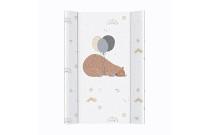 Changing surfaces
Changing surfaces Children`s bathrobes
Children`s bathrobes Ear buds
Ear buds High chair
High chair Nasal aspirators
Nasal aspirators Non-slip bath mats
Non-slip bath mats Potties
Potties Shampoo protection
Shampoo protection Sheets for changing surface
Sheets for changing surface Sponges
Sponges Baby`s bathtubs
Baby`s bathtubs Baby changing table
Baby changing table Baby linen
Baby linen Baby scales
Baby scales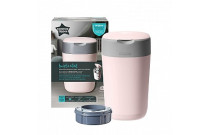 Diaper accessories
Diaper accessories Diapers
Diapers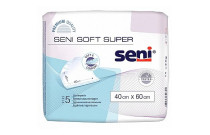 Disposable diapers
Disposable diapers Napkins
Napkins Reusable nappies
Reusable nappies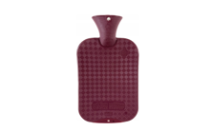 Thermophores, Heaters
Thermophores, Heaters Accessories for baby carriers and slings
Accessories for baby carriers and slings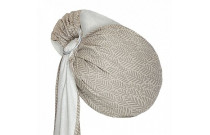 Shoulder-cloths
Shoulder-cloths Baby carriers
Baby carriers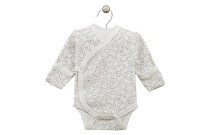 Babygro
Babygro Babygrow with long sleeves
Babygrow with long sleeves Babygrow with short sleeves
Babygrow with short sleeves Children's clothing
Children's clothing Children`s jackets
Children`s jackets Children`s swimming trunks and swimwear
Children`s swimming trunks and swimwear Children`s tights
Children`s tights Children`s tracksuits
Children`s tracksuits Children`s underwear
Children`s underwear Dresses, sundresses, skirts for girls
Dresses, sundresses, skirts for girls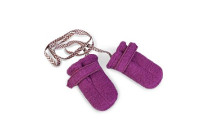 Gloves, mittens
Gloves, mittens Handkerchiefs, scarves
Handkerchiefs, scarves Hats
Hats Hats for children
Hats for children Kits for newborns
Kits for newborns Mittens for newborns
Mittens for newborns Pajamas
Pajamas Pants
Pants Slippers, shoes for children
Slippers, shoes for children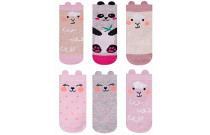 Socks for children
Socks for children Suites (creepers with blouse)
Suites (creepers with blouse) Suites (pants with blouse)
Suites (pants with blouse) Suites (shorts with a shirt)
Suites (shorts with a shirt) Summer onesies
Summer onesies Bathroom accessories
Bathroom accessories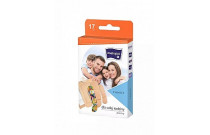 Children`s Plasters
Children`s Plasters Cosmetics for girls
Cosmetics for girls Electric toothbrushes, accessories
Electric toothbrushes, accessories Face care
Face care Hair styling and straightening appliances
Hair styling and straightening appliances Irrigators
Irrigators Manicure and pedicure accessories
Manicure and pedicure accessories Massage accesories
Massage accesories Products for baby hygiene
Products for baby hygiene Shavers, trimmers for men
Shavers, trimmers for men Skin care products
Skin care products Sunscreen cosmetics
Sunscreen cosmetics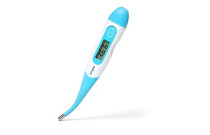 Thermometers
Thermometers Toothpastes and brushes for children
Toothpastes and brushes for children Trimmers, epilators for women
Trimmers, epilators for women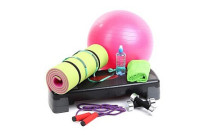 Sports and fitness
Sports and fitness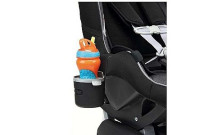 Accessories for car seats
Accessories for car seats Adapters
Adapters Base for car seats
Base for car seats Car seat inserts and covers
Car seat inserts and covers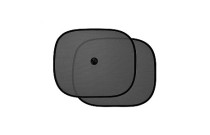 Car sunshade
Car sunshade Head cushion
Head cushion Protective mats for car seats, car mirrors
Protective mats for car seats, car mirrors Car seats (booster) 15-36kg
Car seats (booster) 15-36kg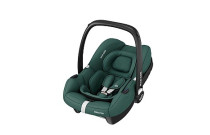 Auto carry 0-13kg
Auto carry 0-13kg Car seats 0-18kg
Car seats 0-18kg Car seats 15-36kg
Car seats 15-36kg Car seats 9-18kg
Car seats 9-18kg Car seats 9-36kg
Car seats 9-36kg Car seats 0-25kg
Car seats 0-25kg Car seats 0-36kg
Car seats 0-36kg Accessories for children's vehicles
Accessories for children's vehicles Bicycles without pedals/runbikes
Bicycles without pedals/runbikes Push stand-up scooters
Push stand-up scooters Rollers
Rollers Skateboards
Skateboards Three-wheelers
Three-wheelers Push cars
Push cars Babywalker
Babywalker Sledge
Sledge Children`s pedal cars
Children`s pedal cars Electromobiles
Electromobiles Two-wheelers
Two-wheelers Baby protection accessories
Baby protection accessories Children glasses for digital devices
Children glasses for digital devices Leash holder (reins) for children
Leash holder (reins) for children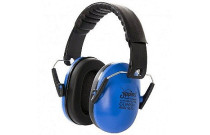 Noise-suppressing headphones for children
Noise-suppressing headphones for children Protective helmets
Protective helmets Repellents
Repellents Security systems
Security systems Babyphones and video baby monitors
Babyphones and video baby monitors Bibs, Burp cloths
Bibs, Burp cloths Bottle and teat dryers
Bottle and teat dryers Bottle washing brushes
Bottle washing brushes Children`s dishes
Children`s dishes Children`s serving pieces
Children`s serving pieces Educational cups
Educational cups Feeding bottles
Feeding bottles Formula milk
Formula milk Nibbler-strainer for feeding
Nibbler-strainer for feeding Non-slip table mats
Non-slip table mats Snack dishes
Snack dishes Soothers for bottles
Soothers for bottles Spare parts
Spare parts Thermal bags
Thermal bags Accessories for chairs
Accessories for chairs Mattresses
Mattresses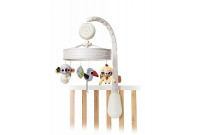 Musical merry-go-rounds
Musical merry-go-rounds Projectors, Nightlights
Projectors, Nightlights Toy boxes
Toy boxes Crib accessories
Crib accessories Soft chairs
Soft chairs Cots and cribs for travel
Cots and cribs for travel Highchairs
Highchairs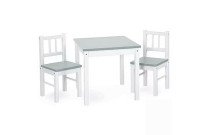 Tables and chairs
Tables and chairs Cots for infants
Cots for infants Beds for teens
Beds for teens Dressers
Dressers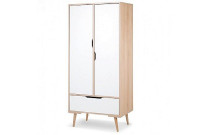 Wardrobes, shelves
Wardrobes, shelves Furniture sets
Furniture sets Balloons
Balloons Calendars
Calendars Candles for cake
Candles for cake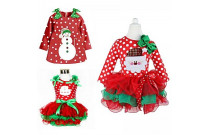 Carnival Costumes for Children
Carnival Costumes for Children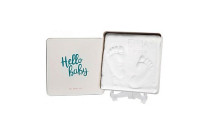 Casting kits
Casting kits Face paints
Face paints For Easter
For Easter Gift cards
Gift cards Invitation cards, postcards, bags
Invitation cards, postcards, bags Money boxes
Money boxes Pens
Pens Soap bubbles
Soap bubbles All for Christmas
All for Christmas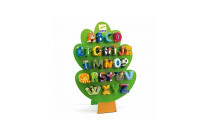 Decorative letters
Decorative letters Breast milk storage
Breast milk storage Breast pumps
Breast pumps Breastfeeding pads
Breastfeeding pads Briefs for pregnant women and mothers
Briefs for pregnant women and mothers Foundation sleeveless undershirt
Foundation sleeveless undershirt Horseshoe feeding pillows
Horseshoe feeding pillows Hygiene products for mothers
Hygiene products for mothers Nursing bras
Nursing bras Peldkostīmi
Peldkostīmi Protective nursing pads
Protective nursing pads Support belts
Support belts Tights and Leggings for moms
Tights and Leggings for moms 2-piece bedding set
2-piece bedding set 3-piece bedding set
3-piece bedding set 4-piece bedding set
4-piece bedding set 5-piece bedding set
5-piece bedding set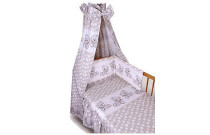 6-piece bedding set
6-piece bedding set Baby sheets
Baby sheets Bed linen for the cradle
Bed linen for the cradle Blankets
Blankets Blankets, pillows, pillowcases, covers
Blankets, pillows, pillowcases, covers Canopies for baby cribs
Canopies for baby cribs Cocoons (nests) for newborns
Cocoons (nests) for newborns Envelopes and sleeping bags for newborns
Envelopes and sleeping bags for newborns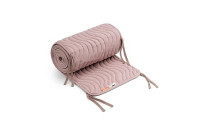 Ledges in the crib
Ledges in the crib Organizers for baby cribs
Organizers for baby cribs Auto products
Auto products Batteries
Batteries Blenders, choppers, juicers
Blenders, choppers, juicers Boxes, hangers and garment bags
Boxes, hangers and garment bags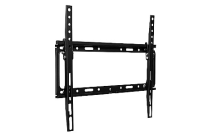 Brackets and mountings, wires
Brackets and mountings, wires Building tools
Building tools Coffee machines, accessories
Coffee machines, accessories Cutting boards, kitchen scales
Cutting boards, kitchen scales Dishes, cutlery
Dishes, cutlery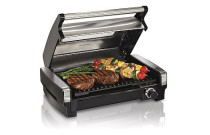 Electric grills, Toster, Waffle
Electric grills, Toster, Waffle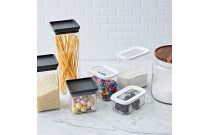 Food storage utensils
Food storage utensils Fryers
Fryers Game consoles, games
Game consoles, games Garden goods
Garden goods Heaters, sterilizers
Heaters, sterilizers Home climate control appliance
Home climate control appliance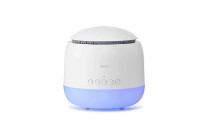 Humidifiers, aromatizers
Humidifiers, aromatizers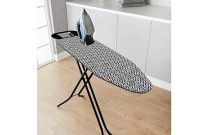 Irons, ironing boards
Irons, ironing boards Mixers, foaming units
Mixers, foaming units Mobile phones and accessories
Mobile phones and accessories Multicookers, pressure cookers
Multicookers, pressure cookers Sewing machines, accessories
Sewing machines, accessories Spatulas, Shredders, Choppers, etc
Spatulas, Shredders, Choppers, etc Special cooking appliances
Special cooking appliances Teapots
Teapots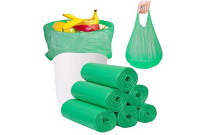 Trash bins, bags
Trash bins, bags TV, PC, Audio, Photo and video equipment
TV, PC, Audio, Photo and video equipment Vacuum cleaners
Vacuum cleaners Zoo products
Zoo products Cleaning products
Cleaning products Water filters, carbonating equipment
Water filters, carbonating equipment Chaise longues accessories
Chaise longues accessories Baby seesaw
Baby seesaw Longues
Longues Rocking horses
Rocking horses Children`s bags, backpacks
Children`s bags, backpacks Children`s suitcases Trunki
Children`s suitcases Trunki Children`s sunglasses
Children`s sunglasses Children`s tattoos
Children`s tattoos Craft sets
Craft sets Drawing kits
Drawing kits Globuss
Globuss Jewellery, watches, keychains
Jewellery, watches, keychains Magnetic and Drawing boards
Magnetic and Drawing boards Office equipment
Office equipment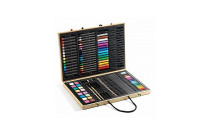 Pencils, crayons, markers
Pencils, crayons, markers Plasticine, modeling masses, kinetic sand, slimes
Plasticine, modeling masses, kinetic sand, slimes Scratchpad
Scratchpad Sets for the children`s jewelry making
Sets for the children`s jewelry making Stickers for kids
Stickers for kids Umbrellas for children
Umbrellas for children Additional accessories for baby carriages
Additional accessories for baby carriages Baby nests and sleeping bags
Baby nests and sleeping bags Bags for mothers
Bags for mothers Gloves for strollers and baby carriages (sleeves)
Gloves for strollers and baby carriages (sleeves) Inserts and foot covers
Inserts and foot covers Mosquito nets for baby carriages
Mosquito nets for baby carriages Raincoats for baby carriages
Raincoats for baby carriages Umbrellas for baby carriages and strollers
Umbrellas for baby carriages and strollers Cradles/seats
Cradles/seats Flight baby bassinets
Flight baby bassinets Strollers
Strollers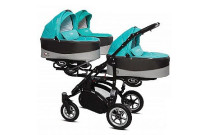 Strollers for triplets 2in1
Strollers for triplets 2in1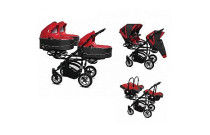 Strollers for triplets 3in1
Strollers for triplets 3in1 Strollers transformers
Strollers transformers Strollers for twins
Strollers for twins Baby carriages 2in1
Baby carriages 2in1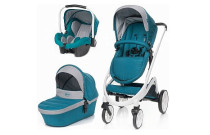 Baby carriages 3in1
Baby carriages 3in1 Baby carriages for twins 2in1
Baby carriages for twins 2in1 Boxes for dummies
Boxes for dummies Dummy accessories
Dummy accessories Pacifiers
Pacifiers Teething toys
Teething toys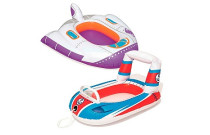 Accessories for swimming
Accessories for swimming Balls
Balls Beach toys
Beach toys Board games
Board games Children's tents and houses
Children's tents and houses Doll beds, baths, houses, etc.
Doll beds, baths, houses, etc. Dolls
Dolls Educational toys
Educational toys Hanging toys
Hanging toys Interactive toys
Interactive toys Jumping balls
Jumping balls Magic tricks
Magic tricks Mosaic for children
Mosaic for children Music boxes
Music boxes Musical instruments
Musical instruments Playsets and toy figures
Playsets and toy figures Plush toys
Plush toys Pools with balls
Pools with balls Push car toys
Push car toys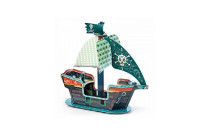 Puzzle 3D
Puzzle 3D Puzzles classic
Puzzles classic Puzzles for baby
Puzzles for baby Puzzles wooden
Puzzles wooden Pyramids for children
Pyramids for children Radio control toys
Radio control toys Rattle boxes
Rattle boxes Rokas lelles
Rokas lelles Sport games
Sport games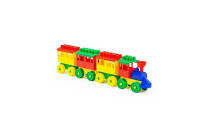 Tinker toys
Tinker toys Toy rudders
Toy rudders Toy vehicles, tracks
Toy vehicles, tracks Toy weapon
Toy weapon Tummy-time mats
Tummy-time mats Wooden educational toys
Wooden educational toys Role playing sets
Role playing sets Water guns
Water guns Carriage for dolls
Carriage for dolls Children's slides and sandboxes
Children's slides and sandboxes Playgrounds
Playgrounds